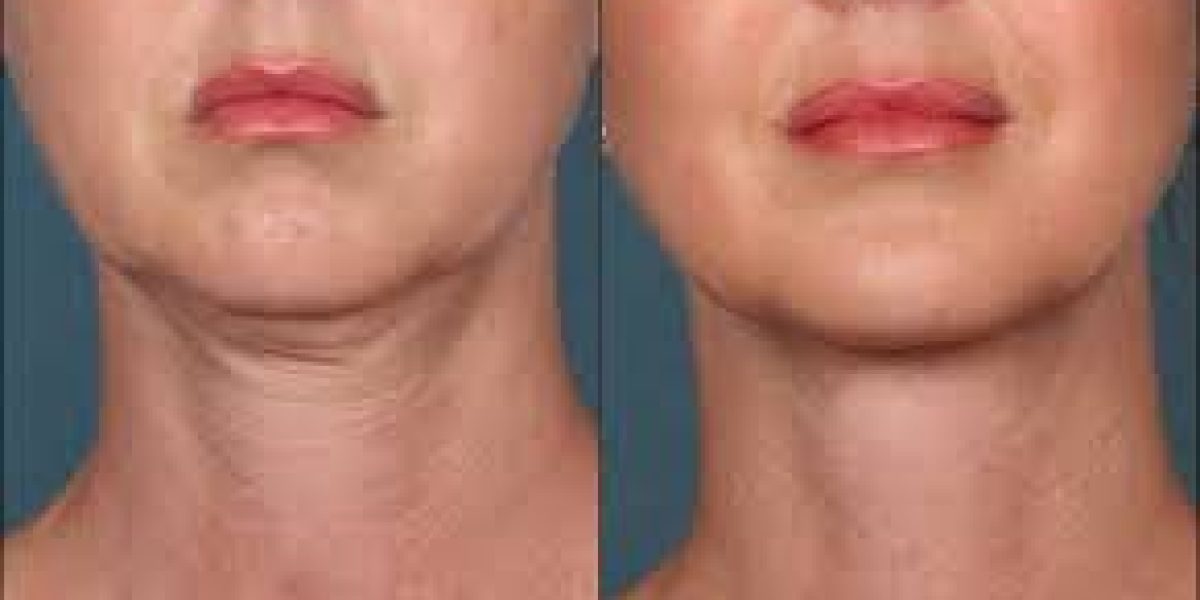In the world of non-invasive cosmetic treatments, a common question arises: what is the difference between laser and RF skin tightening? Both options aim to reduce skin laxity, improve collagen production, and rejuvenate aging skin. However, they operate using different technologies and energy sources. Choosing between Laser Skin Tightening in Dubai(تشديد الجلد بالليزر في دبي) and radiofrequency (RF) skin tightening depends on skin type, treatment goals, and targeted areas. Understanding how they differ can help you make an informed decision that aligns with your aesthetic needs.
Why understanding this difference matters?
The beauty industry continues to evolve, offering numerous options for firming the skin without surgery. Whether you’re dealing with early signs of aging or post-weight-loss sagging, knowing the difference between laser and RF treatments is essential. Both are non-surgical and relatively pain-free, but the way they deliver energy to your skin—and the results they produce—can vary greatly.
Reasons people seek skin tightening include:
-
Mild to moderate sagging on the face, neck, or body
-
Fine lines and wrinkles on delicate areas
-
Loss of elasticity due to aging or weight loss
-
Improving jawline definition or reducing under-chin laxity
-
Enhancing overall skin texture and appearance
Both RF and laser technologies stimulate natural collagen production, but the process, sensation, and downtime differ based on the method.
How does laser skin tightening work?
Laser skin tightening uses focused light energy to penetrate the deeper layers of the skin (dermis), where collagen resides. This light-based heat causes immediate contraction of collagen fibers and triggers the body’s natural healing response to produce new collagen over time.
Laser-based key characteristics:
-
Uses infrared or other laser wavelengths
-
More effective for superficial tightening and fine lines
-
Can target specific pigmentation and vascular issues simultaneously
-
Often best for lighter skin tones due to melanin sensitivity
-
Typically requires multiple sessions for lasting results
Laser treatments for skin tightening are commonly used on the face, neck, chest, and hands. They can also improve skin texture, reduce sun damage, and refine pores alongside tightening effects.
How does RF skin tightening work?
Radiofrequency skin tightening relies on electromagnetic waves to generate heat within the deeper layers of the skin without affecting the surface. This deep heating stimulates fibroblast activity and encourages the formation of new collagen and elastin fibers, offering long-term tightening and skin rejuvenation.
RF-based key characteristics:
-
Delivers energy through radiofrequency waves
-
Penetrates deeper than most lasers
-
Safe for all skin tones, including darker complexions
-
Useful for larger body areas like arms, thighs, or abdomen
-
Gentle enough for use on delicate areas like the under-eye
RF treatments for skin laxity are known for their versatility and minimal downtime. They’re particularly ideal for contouring the body and reducing crepey skin on larger surfaces.
Risks and safety considerations for each:
Though both are non-invasive, laser vs RF skin tightening treatments carry specific risks, especially depending on skin type, treatment area, and sensitivity levels. Knowing what to expect can help reduce anxiety and improve your outcome.
Potential risks of laser skin tightening:
-
Redness or swelling for a few hours post-treatment
-
Risk of hyperpigmentation for darker skin tones
-
Mild skin peeling or flaking
Potential risks of RF skin tightening:
-
Temporary redness or warmth in the treated area
-
Minimal bruising in rare cases
-
Possible sensitivity for a day or two post-treatment
While both are safe with qualified professionals, radiofrequency Laser Skin Tightening(تشديد الجلد بالليزر) tends to have fewer pigment-related risks and is considered safer for all skin tones.
Benefits of both technologies explained:
Laser and RF skin tightening have their own unique advantages. Choosing between them can come down to treatment goals, skin type, and the body area being addressed.
Benefits of laser skin tightening:
-
Enhances skin tone and texture
-
Improves sun damage and pigmentation
-
Tightens mildly sagging skin
-
Delivers results in a few sessions
Benefits of RF skin tightening:
-
Targets deeper layers of tissue
-
Provides subtle lift and contour
-
Suitable for all skin tones
-
Long-term collagen stimulation
For some individuals, combining both treatments may offer the best of both worlds—laser for surface improvements and RF for deeper tightening.
FAQs:
Which is more painful, RF or laser skin tightening?
Both are generally well tolerated. RF often feels like a warm massage, while laser might cause brief zapping sensations.
Can RF and laser be used together?
Yes, in some advanced protocols, combining the two enhances both surface and deep-layer results.
How long do results last?
Both can last 1–2 years with proper skincare and occasional maintenance.
Is there downtime with either treatment?
Laser may cause mild redness or peeling; RF usually has no downtime.
Which one is better for body tightening?
RF is typically more effective for larger areas like thighs, arms, and stomach.
Conclusion:
So, what is the difference between laser and RF skin tightening? While both offer powerful, non-invasive solutions to sagging skin, they differ in terms of energy source, penetration depth, and skin suitability. Laser skin tightening works well for surface-level concerns and improving tone, while radiofrequency skin tightening penetrates deeper for longer-lasting collagen support and is better suited for body areas and diverse skin types. Understanding these distinctions helps you choose the ideal treatment tailored to your unique goals—whether that’s lifting facial contours or rejuvenating your entire silhouette.












